PODCAST: COVID19 | Redefining Digital Enterprises – Episode 10: COVID-19 | Evolving Trends of Digital Transformation
bridgei2i
JULY 8, 2020
They discuss the impact of the pandemic on enterprises and the need to adopt parallel windows – a short term window to get an enterprise’s operational system up and running as effectively as possible, and a medium-term outlook to mitigate the supply chain shocks and risks. Tune in, and don’t forget to subscribe!


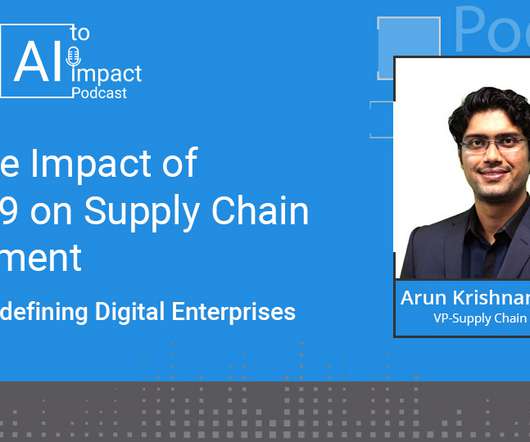
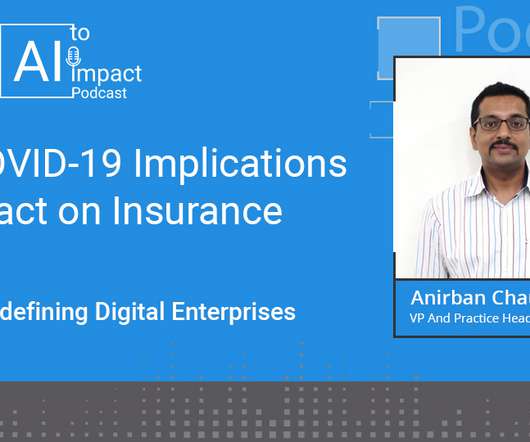

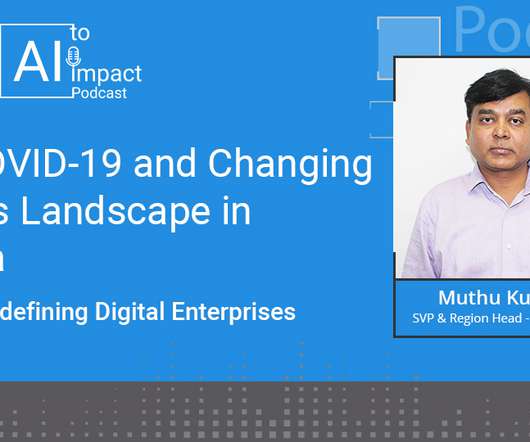

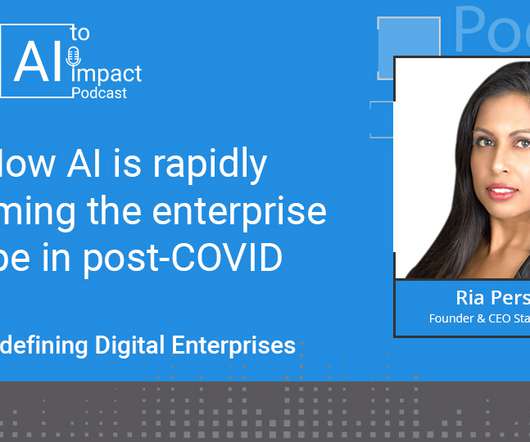



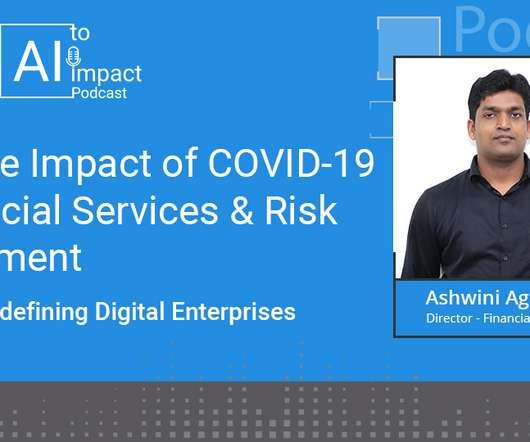








Let's personalize your content